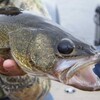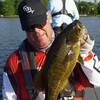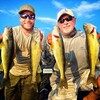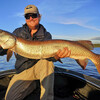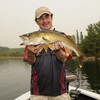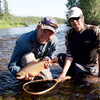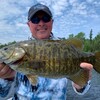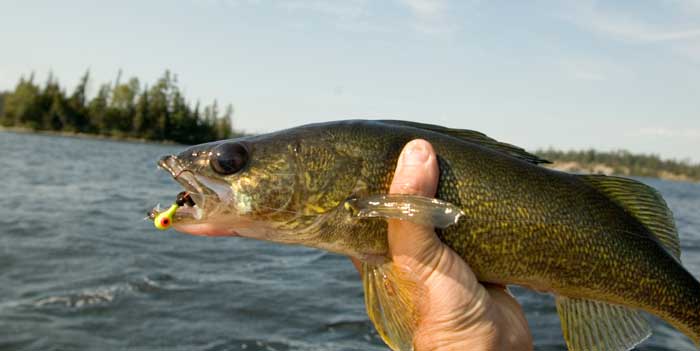
Take Your Tackle Box To The Next Level
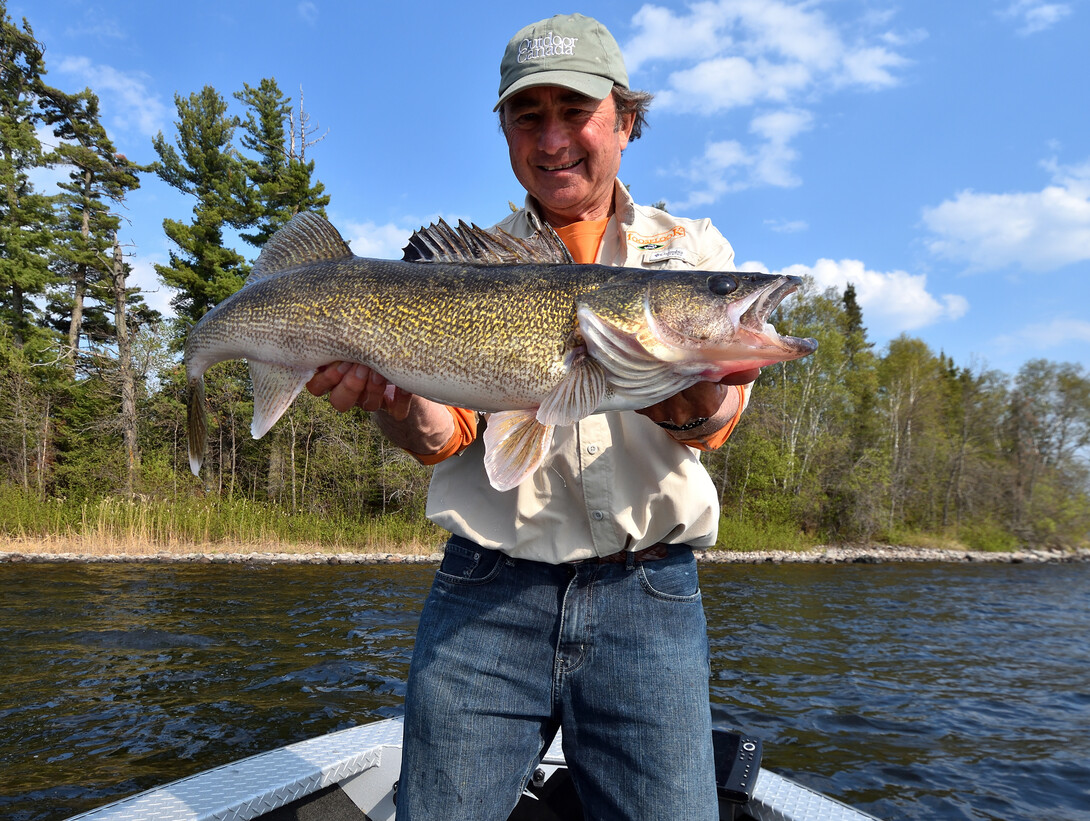
With the ice fishing season behind us and the open water season upon us, anglers are putting their hard water gear to bed and pulling out the boat to give it a bath, wax and vacuum. It is also the perfect time to re-grease your reels, freshen up your lines and carefully re-stock your tackle bags. And when you perform this latter chore, do it with a mindset that you may never have considered in the past. I call it pushing the envelope.
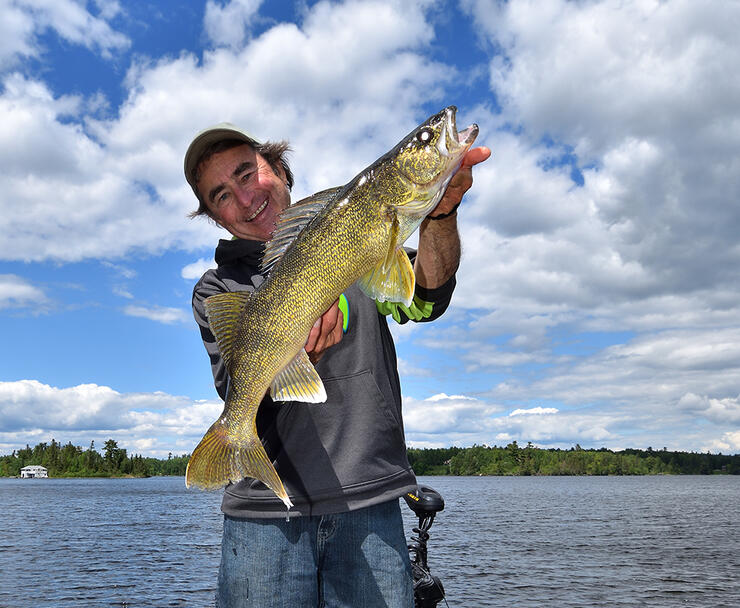
What do I mean? Well, we all have our favourite techniques for catching walleye, bass, northern pike, lake trout, muskies and panfish. And for the most part, these are middle-of-the-road-type tried-and-true presentations. But you need to think outside the box, especially when you're fishing in Northern Ontario and your next cast could land you the fish of a lifetime.
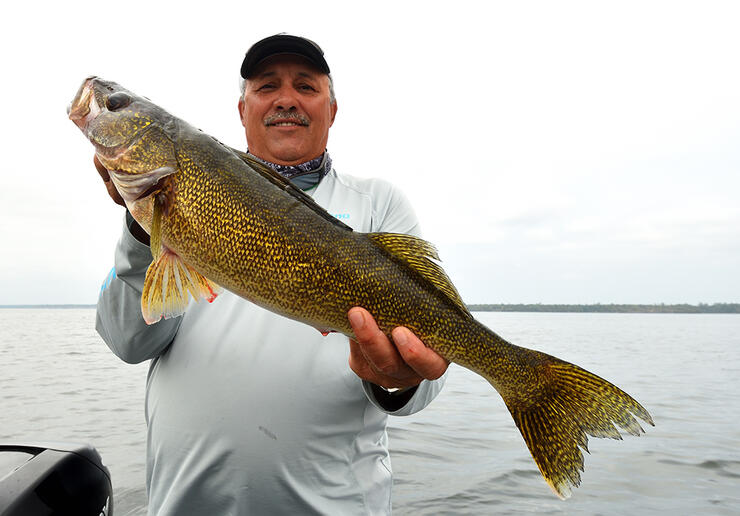
Let's take walleye as a great example. If you ask ten anglers to name their go to presentation for catching walleye in the Kawartha Lakes, Lake Nipissing, along the North Shore of Lake Huron, in the Algoma region or anywhere in Sunset Country, I can just about guarantee that jigs and spinner rigs will show up in eight out of ten replies. And for good reason, too, because more walleyes have been caught on jigs and crawler harnesses in Northern Ontario than with all of the other tactics combined. So restock your jig box and wrap more crawler harnesses around your swim noodle storage chunks. Just don't forget about jerk baits, crankbaits, and swimbaits. Especially bigger and heavier jerks, cranks and paddle tails than you are accustomed to using. Here is why.
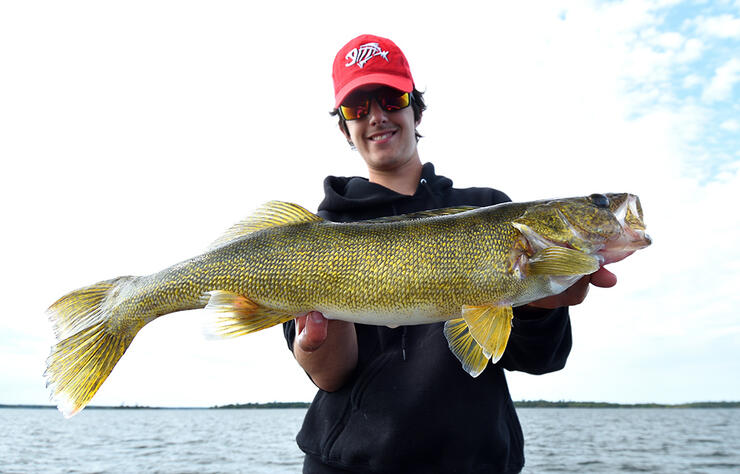
Unlike most walleye anglers who start nearly every Northern Ontario morning casting light jigs and trolling moderate-size spinners, I typically begin with five, six, and even seven-inch jerk baits, crankbaits, and swimbaits. I am constantly pushing the envelope to find the biggest bait I can use at the most aggressive speed. And while I will admit, that sometimes I have to scale back and use a smaller lure at a slower pace, it is shockingly less often than most walleye anglers realize.
The other problem encountered by the small jig and crawler harness crowd is that they catch fish, but they're usually much smaller walleyes. And the steady action, ironically, breeds an unfortunate misconception that you've discovered the best presentation, but just need to weed through the smaller fish to get to the bigger ones.
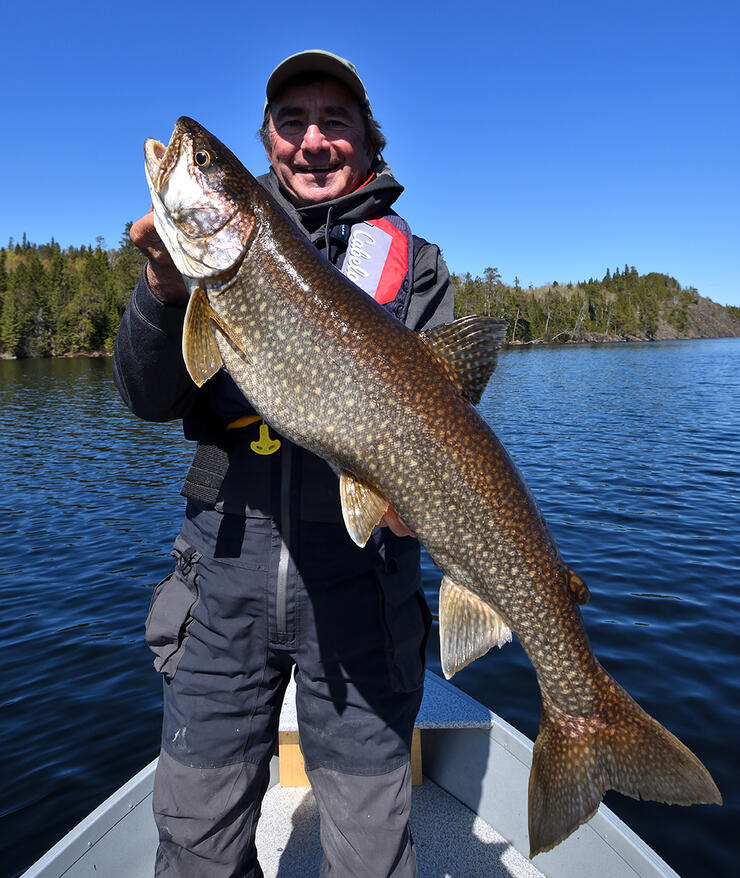
When you push the envelope from the get-go, however, it is an entirely different result. Many days, for example, I will start pitching four- and five-inch paddletails pinned to 3/4-ounce jigs only to step up the game even further, when the action becomes electric, and fire out six-inch swimbaits on one-ounce heads.
Ditto on the windy days when I am casting jerkbaits for walleyes that have corralled schools of ciscoes and shiners against a shallow rock shoal or boulder-strewn saddle. I'll get going with a five-inch model to gauge their temperament and attitude and then, more often than not, push the envelope to the extreme.

Pick any other species and restock your tackle boxes accordingly. Especially when you know that the Northern Ontario lakes and rivers that you are going to be fishing this season harbour giant trophies. A disproportionate number of the biggest lake trout that I have caught, for example - fish in the 30 and 40-pound range - have clamped their jaws down on, and fell victim to the same 7-ounce Bondy Baits and 11-ounce Bondy Magnums that I customarily toss for giant knee-knocking muskies. And yet, look inside the tackle boxes of 100 lake trout anglers and I doubt you will find a single big toothy-size lure. That is a mistake.
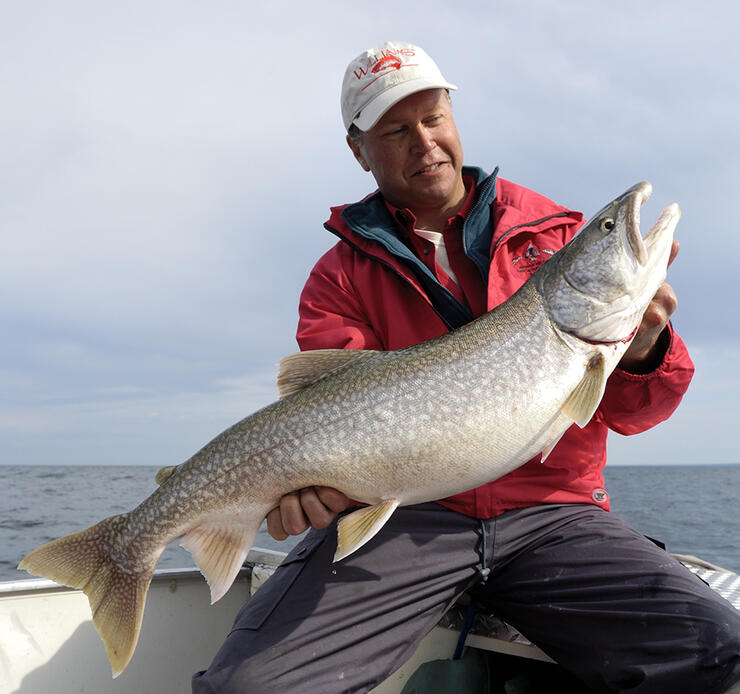
If I start the day trolling the same favourite William's Whitefish spoon or Rapala Jointed Minnow that fills the slots of most lake trout anglers' boxes and do well, I'll constantly up the game to see how far I can push the envelope. I might not change every lure trailing behind the downriggers or lead-core outfits, but I'll switch enough to keep it a test.
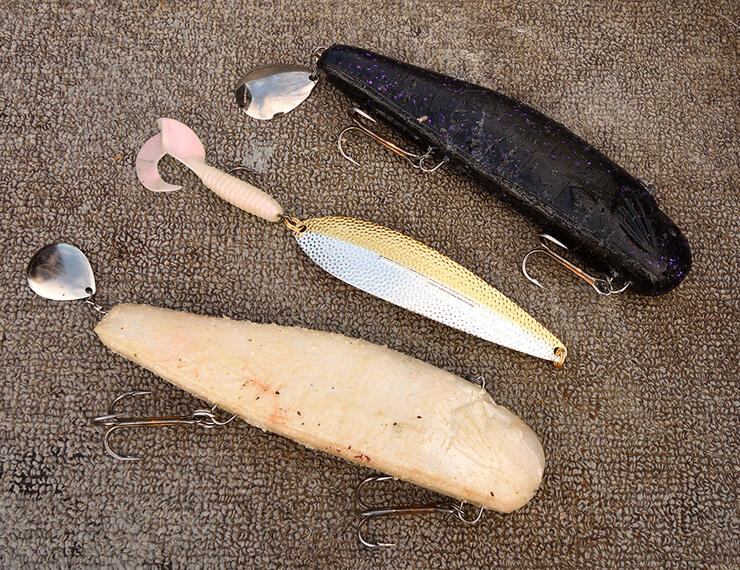
The bottom line is that every bait or lure that you use has to earn its spot in the starting line-up and then keep its position on the roster when you challenge it with a bigger more aggressive upstart. But you can only do this when you have those bigger, potentially better options on hand, in your tackle box. Keep this in mind this season, when you push the envelope to the extreme in fish-filled Northern Ontario.
Recommended Articles
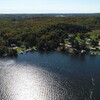
Big Moose Camp
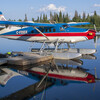
A Guide to Fly-in Ontario Lodges
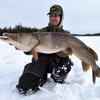
Northern Pike Aplenty
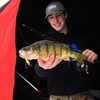
Beating the Blues

Wilderness WAlleye
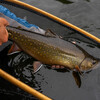
Adventures on the Nipigon River
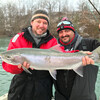
World Class Fishing on the Niagara River

Long Nose Gar
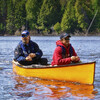
5 Canoe & Kayak Fishing Destinations

Talon Lake Lunge

Reaching Deep For Walleye
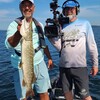
Spanish River Resort & Campground
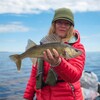
Choose your Fishing Adventure: 39 Lodges Accessible by Train, Plane, Boat, and Automobile in Ontario
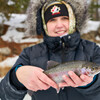
Girls Gone Ice Fishing

3 Great Ontario Walleye Destinations

Structure or Cover?

Portage Paradise Walleye
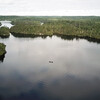
Family Friendly Fishing Vacations

Wabigoon Walleye Extreme
